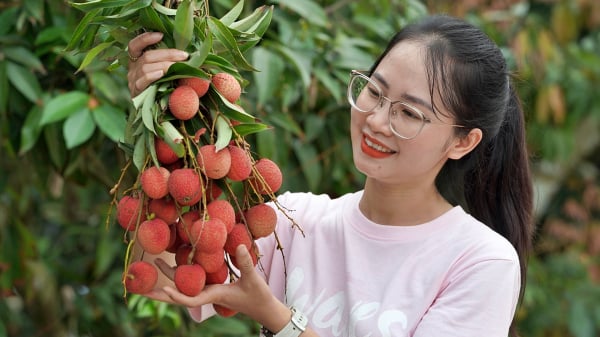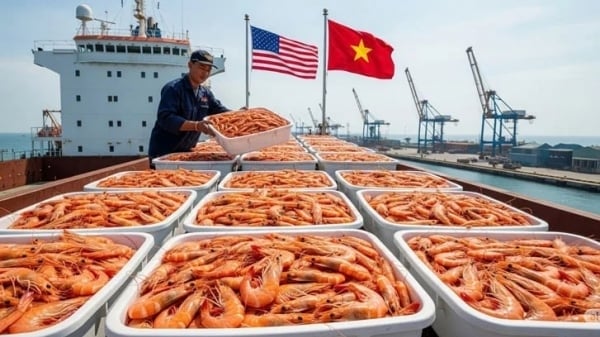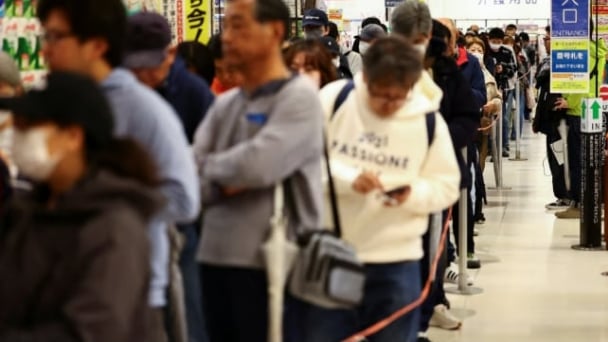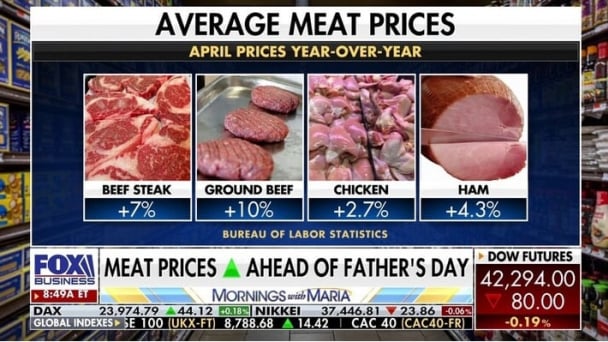June 17, 2025 | 08:14 GMT +7
June 17, 2025 | 08:14 GMT +7
Hotline: 0913.378.918
June 17, 2025 | 08:14 GMT +7
Hotline: 0913.378.918

Both production and exports of poultry meat in Europe are anticipated to increase this year. Photo: Marcel Rob.
A 6-month EU vision on the poultry sector states that both production and exports of poultry meat in Europe will increase this year. Production will increase by 4%, and exports will be 3% higher this year compared to 2023. This upward trend will continue in 2025, European accountants expect.
A milder bird flu season, lower feed costs and higher yield prices contribute to growing production this year. In the first half of 2024, the number of processed birds in the EU increased by 4.7%. Production increased in almost all EU countries, except the Netherlands, Sweden and Lithuania. In Poland, production in 2023/2024 was more than 5% higher than in 2022/2023, while production in the Netherlands fell by almost 5%. The Italian poultry sector grew by more than 5%, and production in Germany showed a slight growth of a single percentage point. France topped the list with growth of more than 15%.
Rising consumption in the EU
The market can handle this growth in production. In addition to increased exports, poultry meat consumption in the EU is also increasing. This is expected to reach 25.2 kgs per capita in 2025, which is almost 10 kgs more than at the turn of the century. In the year 2000, the average European ate 16.4 kgs of poultry meat per year.
Broiler meat consumption is, therefore, approaching that of pork, where a downward trend is visible from 34.3 kgs in 2000 to an expected 30.9 kgs in 2025. The increase in poultry consumption in a quarter of a century is as large as the total annual beef consumption, which fell from 12 kgs in 2000 to an expected 9.4 kgs per capita in 2025.
European production grows faster than worldwide average
European poultry meat production is increasing by 4%, which is faster than global growth, which is expected to reach almost 2% in 2025 according to the USDA. Next year, a record production of 104.9 million tonnes of poultry meat is expected.
In addition to the EU, China, the US, Turkey, Brazil and Mexico will also experience an increase in production due to a slight decrease in feed costs and a recovery in consumer demand, which is stimulated by economic growth.
China and Brazil lead the pack
In China, a significant increase in production may allow it to regain its position as the largest producer worldwide. The outlook for Brazil is also positive, driven by strong foreign demand and falling production costs.
Global exports reach a new high
Not only production, but also global exports are expected to increase by 2% in 2025, after relatively stagnant trade in 2023 and 2024. The USDA predicts that a record of 13.8 million tonnes of poultry meat will be shipped worldwide next year. Economic growth stimulates moderate consumption growth, because chicken is attractive to middle-income groups as a cheaper alternative to other animal proteins.
Brazil dominates export growth
While all major exporters, such as the EU, the US and Thailand, are expected to make gains, Brazil will capture most of the growth in the export market. The country has access to growth markets such as Mexico, Saudi Arabia, Singapore, the UAE and the UK and can charge competitive prices thanks to lower production costs. The reduction in restrictions around highly pathogenic bird flu will stimulate EU exports to various markets. However, Great Britain remains the largest sales market for the EU.
(PW)

(VAN) Noting risks, report examines impacts of avian influenza, changing trade patterns since 2022, fish fraud, and shipping industry’s net-zero goals.

(VAN) Mr. Tran Quang Bao, General Director of the Forestry and Forest Protection Department, met and worked with the International Wood Products Association to promote cooperation in the field of timber trade.

(VAN) China's outbound shipments of rare earths in May jumped 23% on the month to their highest in a year, though Beijing's export curbs on some of the critical minerals halted some overseas sales.

(VAN) To sustain capital flow, administrative reform alone is not enough; what farmers truly need is an ecosystem where both government and businesses grow together in support.

(VAN) Vietnam and the United States are proactively working together, each in their own way, to ensure that every container of agricultural goods carries not just products, but also long-term trust and value.

(VAN) Stores have started selling rice from the government’s stockpile to feed demand for the staple.

(VAN) Omaha Steaks CEO says rebuilding cattle herds will take about a year to ease price pressures.